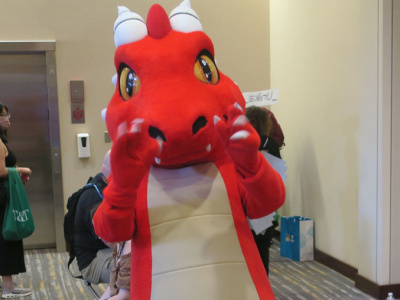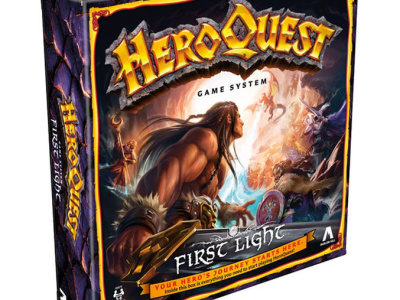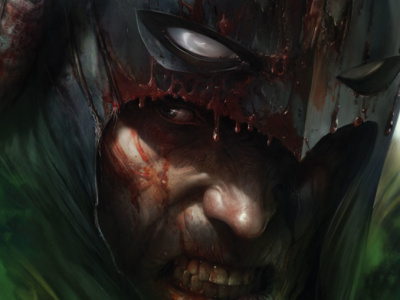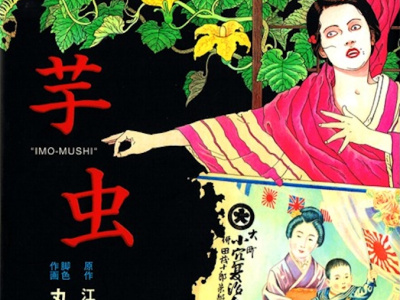
We caught up with DC Comics CEO and Publisher Paul Levitz recently for a wide-ranging interview in which we talked about content decisions in DC’s collaboration with Teshkeel and in transmedia uses of its characters (a la Batman: The Brave and The Bold); the rapidly changing graphic novel business; and the transition from the “homespun” period of the business, price increases on comics, and digital comics.
We wanted to ask about the DC collaboration with Teshkeel. There was an article in the Guardian that said it was going to be distributed in comic shops in the
Teshkeel has been our licensee for the Arabic language editions of our comics for three or five years I think. That’s how we originally built that relationship with them; it may even be longer than that. That’s not an enormous market because there’s not a long history of comic books being an enormous part of the business in the Arabic-speaking world and there are significant cultural barrier issues that either create import problems for them from time to time or distribution problems. But they’ve been a good partner in all of that, trying to reach the potential audience that is there. That’s one of the things that helped convince them to do their own comics. They also were licensees of both Marvel and Archie during most of that period. I’m sure they’re going to be the Arabic language partner. I would assume that we would very easily have partners in those countries where we have overlapping maps of successful distribution. I don’t know enough about where their titles have been distributed outside the Arabic language zone to really know how that structure falls. And certainly we’ll have English language world distribution through the DC edition.
What about the content issues? You talked about the distribution issues on some of the DC content in the past. How are you going to handle those issues?
I think it’ll really be for the creative people who are sitting down to work on the book, Fabian, the artists involved, the editors involved, to try and come up with the most interesting story that can deal with those challenges but also to explore fundamentally some of those social issues. Not to try to solve the world’s problems with a single comic book because that doesn’t happen. But to create a story that people can read from either side of the equation and say, “Oh, this isn’t so vastly different. These are human beings with human being issues and I have some recognition of myself in them even though their life experience is different than mine in some ways.” I think that’s part of how you build common ground. When you look at all the studies that have been done exploring intrinsic bias, the more contact you have with other cultural groups generally speaking the less bias you have. Any small step we can take in those directions is a positive one.
One of the things we talked about at the ICv2 Comics and Media Conference yesterday was this whole concept of transmedia storytelling and how increasingly with intellectual properties there’s a trend toward trying to tell stories where a narrative extends beyond one medium and goes across multiple platforms. DC’s obviously been doing this for many decades. There was sort of a back and forth among some of our panelists and speakers about the question of whether you try to remain true to the character or can you create different expressions of it, and are you on-canon or off-canon in these different expressions.
One of the examples that came up was Brave & Bold as something that’s pretty radically different from other expressions of the character but seems to work and it’s popular. DC has its fingers in so many different media--film, television, video games--in addition to comics, with characters that came from comics. How does DC as a company approach this issue of when it is okay to stray off-canon, or to take something in a different direction then you expect for that character and when isn’t it?
I think there are a couple of important threshold questions you’re looking at. One which doesn’t get nearly enough exploration in these situations where people are considering transmedia, is that different properties have different levels of intrinsic comfort with collaboration. I’m not sure why that is, but if you look at the properties that have succeeded in transmedia, a very high proportion of them are properties that have had a lot of different creative people executing the property early on.
Superman or Batman qualify, where for some reason the fundamental creative idea could be communicated from one creative leader to another who could then take it on in another fashion. Robert Maxwell’s work with the Superman radio show did as much to popularize Superman in many ways as the comic book stories at the same period, in the early nineteen-forties. It had great reach from that. There was the George Reeves TV series a decade later in the early 1950s.
Why does one property work for that and another have greater challenge? Schulz and Peanuts to me are always the opposite end of the spectrum, where Peanuts really succeeded phenomenally because Schulz kept his hand on everything. It still isn’t clear that anyone else can up with something new with Peanuts that the world will care about (although maybe they can tomorrow morning). That could be because the material’s so idiosyncratic. Pogo is a wonderful example of a creative property that is so ornately, beautifully peculiar to what Walt Kelly had in mind that I’m not so sure somebody else could be the great genius of it.
Watchmen had only one set of creators.
And it took twenty years to find the way to just be able to do it in a movie because of that. There wasn’t a natural elasticity to it. Batman is in my mind, certainly of the DC properties, the most protean. There have been the most different incarnations of Batman that have succeeded over the longest period of time so we tend to be a little braver with Batman as a result. We’ve seen he could be a hit as the Adam West version, Tim Burton version, Chris Nolan version, Denny and Neal version. You say, "All right, I’m not going as quickly rule out the next bright idea somebody brings in."
We try to stay true to what we view as the essentials of the character and at the same time we try and remain open-minded to the great creative people. Sam Register, who’s the driving force on Batman: The Brave and the Bold, was the guy who brought the Teen Titans animated series team together in his days as a producer and a Cartoon Network guy. He had great passion for that material. He’d grown up on it. I remember him bouncing in, “We gotta have the Teen Headquarters! We’ve got to figure out a way to do that.” But to make it work he had to invite Glen Murikami and the other creative leaders to the show to make significant changes in the interpretation, that more anime look that was done for Teen Titans. Sam’s got to have a great theme song. Sam’s got a lot of creative credibility so we tend to have more faith and say, “Okay. It’s maybe not what we would do today but it doesn’t seem to break it, and if it works it will be fun.” Remember you’re also making those decisions in most cases before the project’s fully cooked. So the question of who the chef is becomes really important to whether or not you’re going to let him toss the extra ingredients in.
To read Part 1 of this interview click here and for Part 2, click here.







